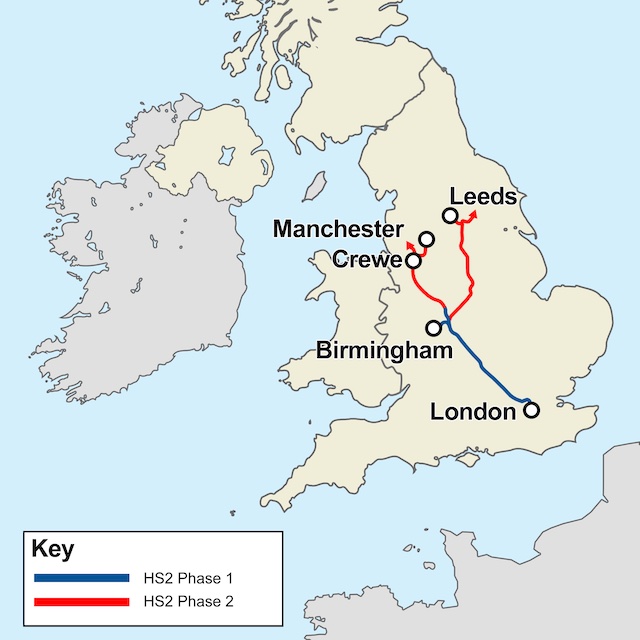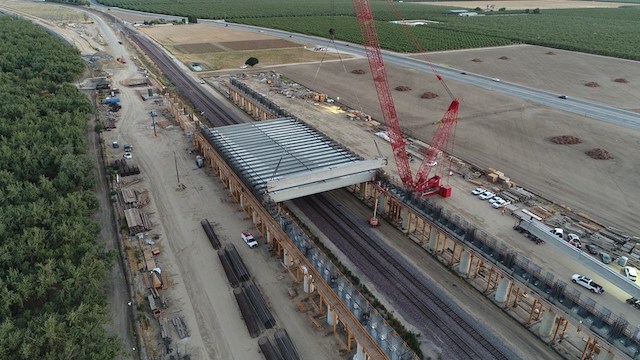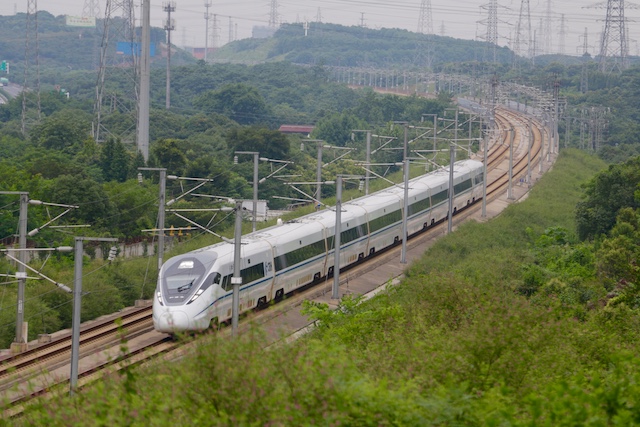Illinois has the highest pension debt of any state in the union; a phenomenal $317 billion as of 2020. Overall, the state’s financial health is second only to California for being the worst in the nation.
What better time could there be to start planning construction of a high-speed rail line from Chicago to St. Louis? Considering that high-speed rail is one of the reasons why California is in worth financial shape than Illinois, building a new high-speed rail system would be enough to make Illinois number one! Not that any state should aspire to be the worst fiscal condition.
The state has apparently forgotten that it has already spent nearly $2 billion on a project to increase frequencies and speeds on the existing Chicago-St. Louis route. It would be useful to know if those improvements made any difference to ridership before spending a lot more on the corridor. But there is no way to tell because, despite the fact that it began the project in 2010, the trains today are no faster nor more frequent than they were before. Continue reading











